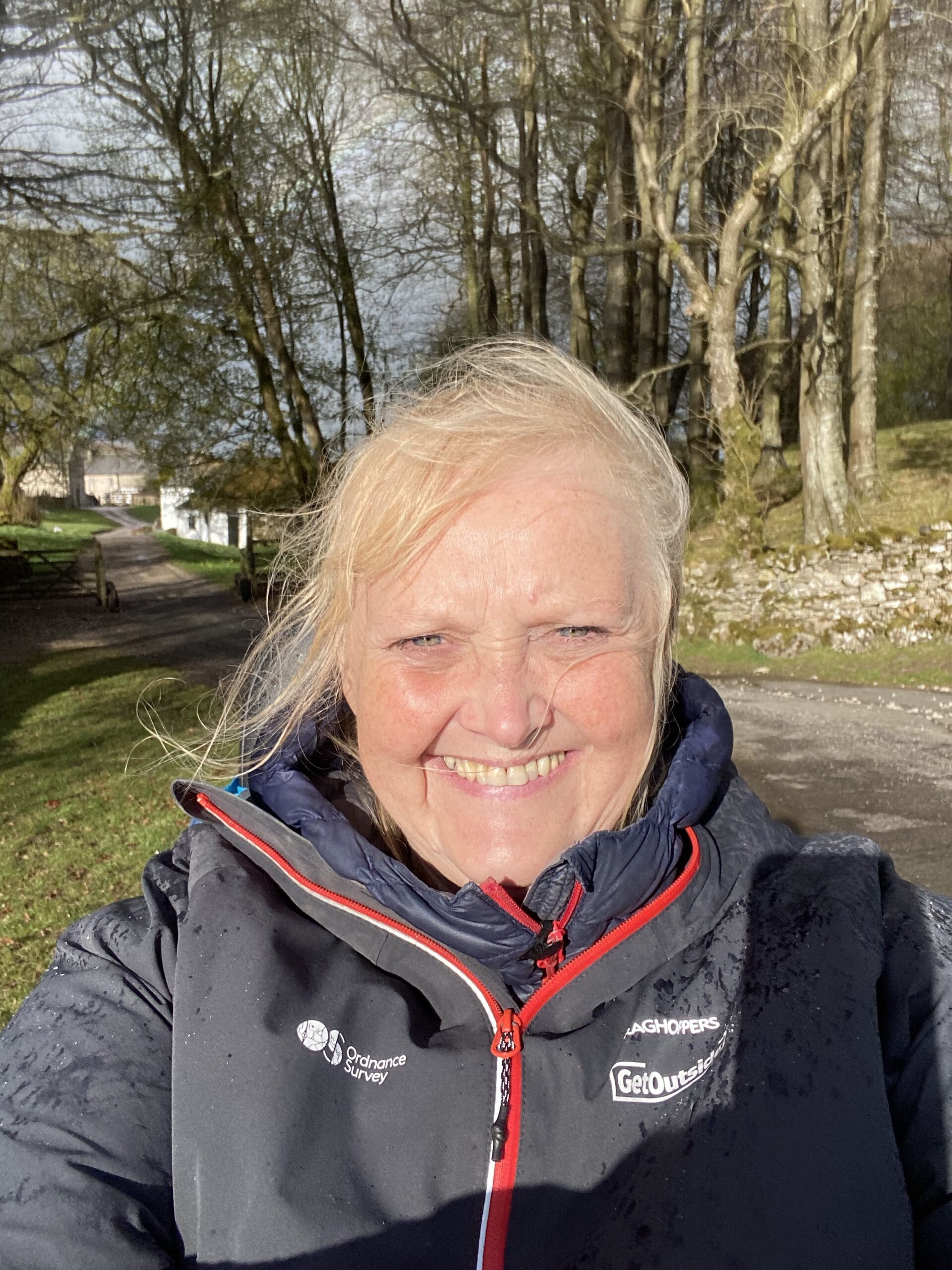Heather-clad moors, industrial heritage and, on a clear day, panoramic views of Rosedale: this is the Rosedale Mineral Railway. This there-and-back route follows the old railway line for Rosedale’s 19th-century ironstone mines.
The Rosedale Mineral Trail is an easy-access route that is steeped in history. The name of this picturesque dale is believed to date back to the 9th century when the Vikings attacked the Yorkshire coast. ‘Rossi’ is thought to be the Viking word for horse, or ‘rhos’ is the Viking word for moor.
Whatever the origin of the dale's name, this walk is worthy of a visit, whether you’re there for the history, the wildlife, or simply the views across the North York Moors.
The walk begins at the Little Blakely car park and a short track leads down to the horseshoe track that curves around the valley. The track cuts through the heather moors and there are several grouse butts along the trail.
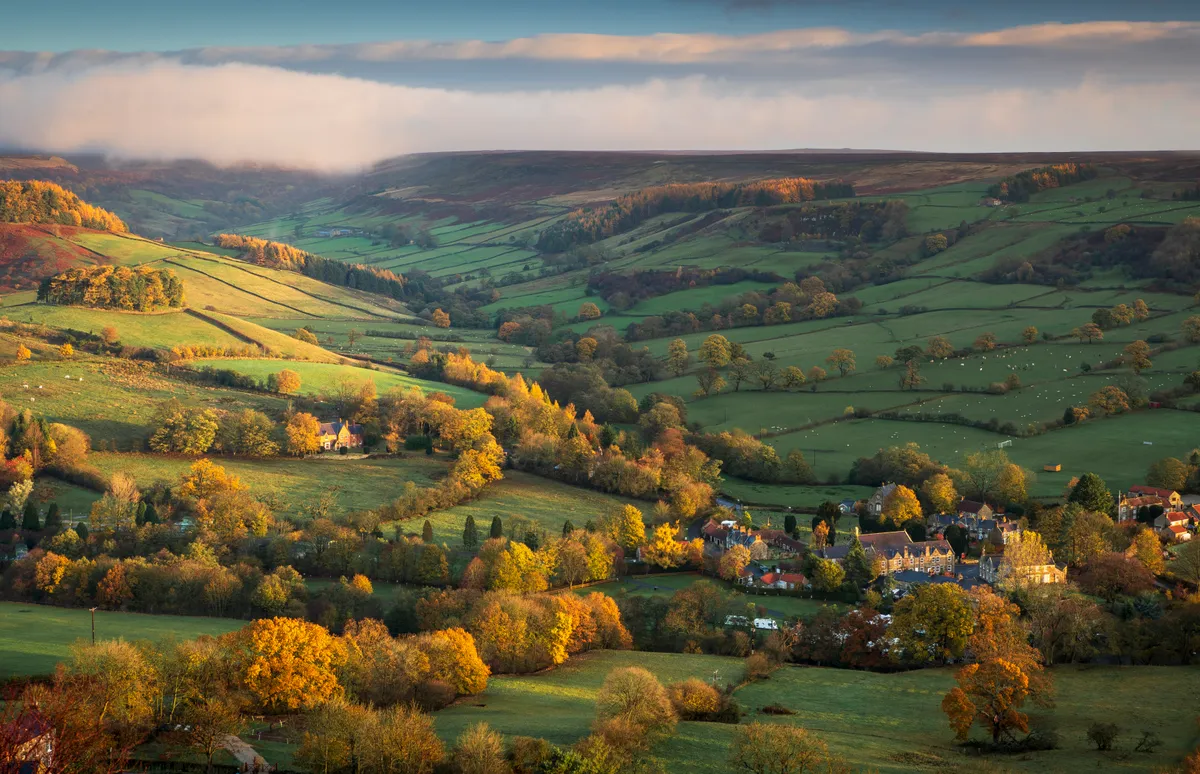
Rosedale walk
7.9 miles / 12.7km | 5–6 hours | moderate | 162m ascent
1. Blakey Swang
The track follows Blakey Swang where one wall of the ruined water tower stands proud. It is hard to imagine that at one time the water tower was used to top up the steam engines, as they chugged up the incline to Blakey Junction.
2. Reeking Gill
Continue along the track where it now cuts through the railway embankment and onto the head of the dale. Here is a great place to take five minutes break to simply absorb the view. Manual wheelchair users may wish to turn around at this point.
The track along the east side of the dale has a few steeper sections, but nothing too challenging for a powered all-terrain mobility wheelchair/scooter. The track passes through more railway cuttings and over Reeking Gill and continues along Nab Scar.
Wheelchair-friendly walks
Discover some of the best wheelchair and pram-friendly walks near you with our guide to 20 of the best accessible trails in the UK.

3. Black House cottage
Soon the remains of the Black House cottage, complete with fireplace and chimney, come into view.
When the railway closed, the miners and their families left, and rows of miners’ cottages were abandoned.
The route now passes by the remains of the old kilns. During the boom years of Rosedale's ironstone mining, the Iron Kilns were one of three sets where ironstone was calcined (roasted) before being taken to Teesside and further afield for iron and steel production.
4. Stone Kilns
The turning point on this stile-free trail is at the iconic Stone Kilns. The 16 arches of the old kilns are a very impressive sight in the valley and the mighty remains of a once-thriving ironstone industry in Rosedale. There are information boards by the arches which tell you the history of the kilns and the Railway.
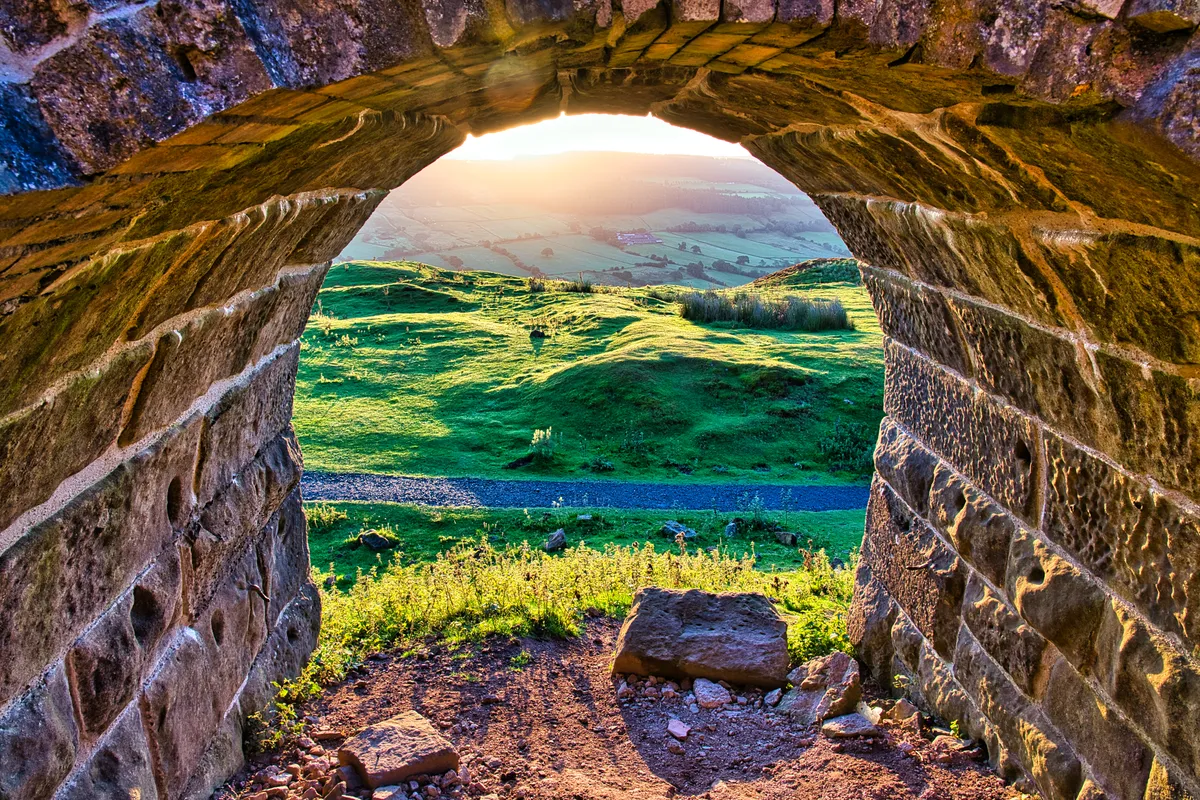
Rosedale map
Rosedale walking route and map
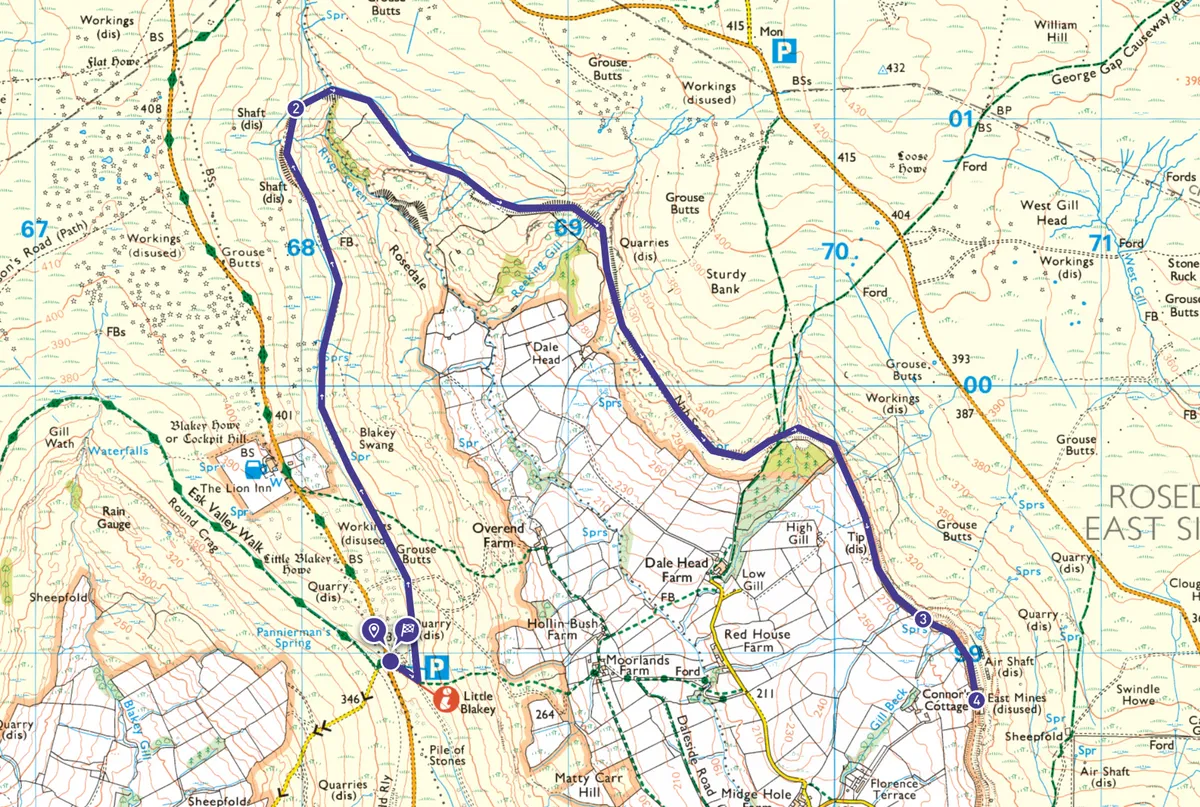
Useful information
Starting point
Little Blakely car park, nearest postcode: YO62 7LQ; grid reference: SE683989. This is also the finishing point.
Terrain
The path has a hard, compacted surface and is fairly level throughout until reaching Dales Head. From here, there are steeper sections on the track on the east side of the valley, making it a challenging walk for a manual wheelchair user. It is certainly a good walk for people using a powered all-terrain wheelchair or for families with buggies. Dogs are allowed on the walk but must be kept on a lead.
Map
OS Explorer OL26
Eat and drink
The Lion Inn is located close to the start and finish of the walk. It is a 16th-century free house and is located at the highest point of the North York Moors National Park. It is a popular pub, maybe because of the open fires and low beamed ceilings or because it serves good food and beer.
Abbey Stores & Tearoom is also close by for afternoon tea and has a delicious selection of cakes. The nearest accessible toilets are at Rosedale Abbey.
Stay
Forest Holidays Cropton, Pickering YO18 8ES has an adapted cabin, suitable for wheelchair users.
Toilets
Rosedale Abbey Caravan Park has accessible facilities for disabled people.
Rosedale history
From the 1850s, Rosedale played a pivotal role in ironstone mining and the development of Yorkshire in the Industrial Revolution.
So valuable was the ironstone discovered on its hillsides that a 20-mile standard gauge railway was built over the watershed to transport this mineral wealth to ironworks in County Durham.
By the 1920s, the Great Depression and the lower cost of imported ore finished the mining in Rosedale.
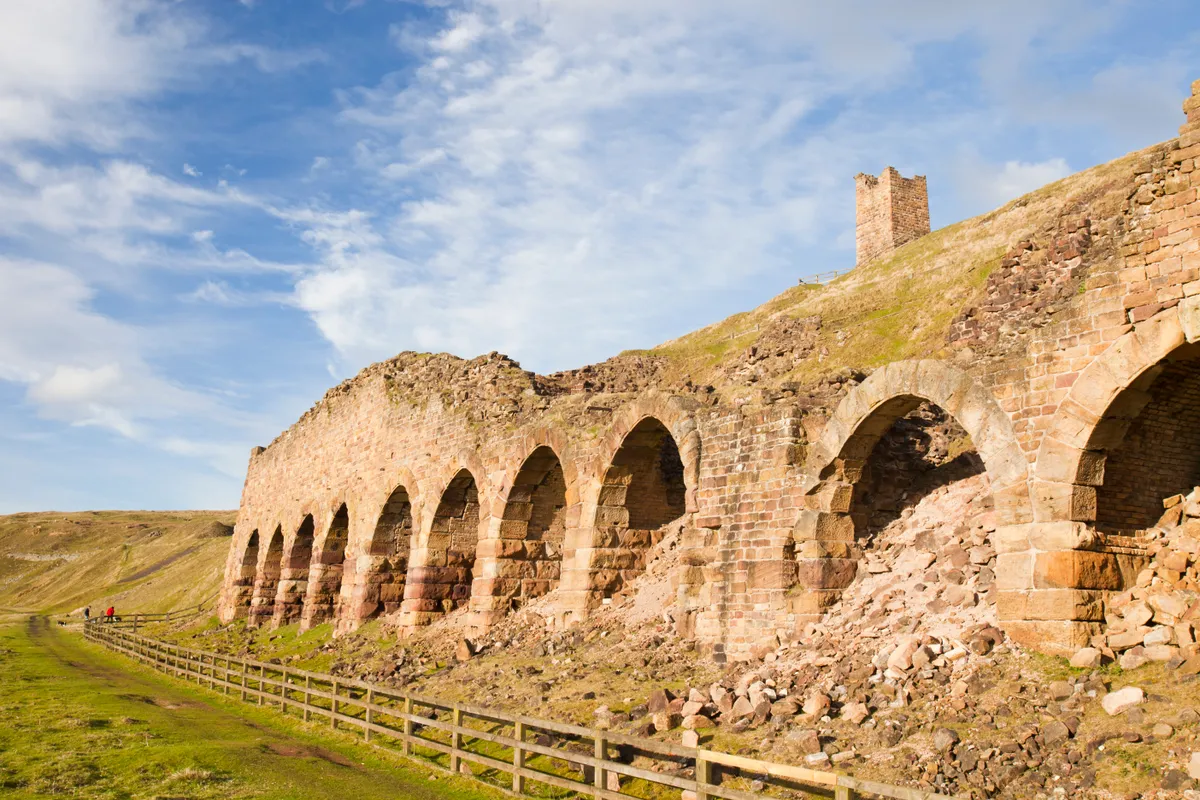
Rosedale wildlife
From May to September keep a watchful eye out for the beautiful, speckled gold and black breeding plumage of golden plover. Rosedale contains some of the best-remaining upland hay meadows in the North York Moors.
The wild daffodil (Narcissus pseudonarcissus), the only daffodil native to Britain, is also found throughout the valley, providing a cheerful welcome to spring every year.
In late July and August, the moors are a vast swathe of purple heather.

